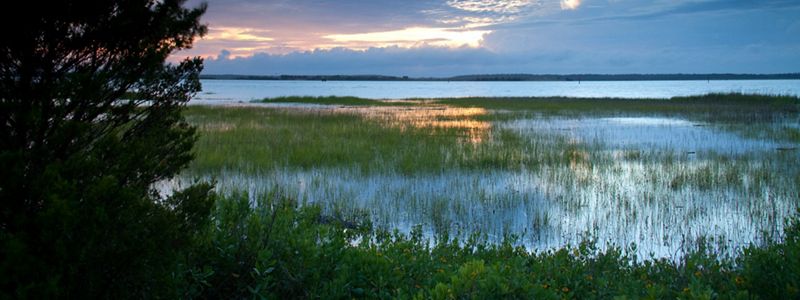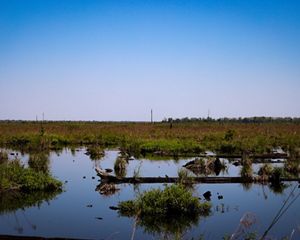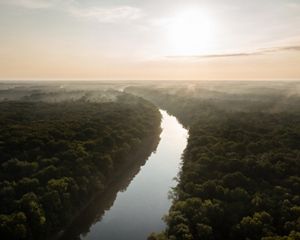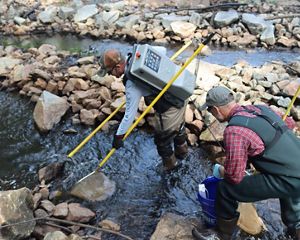Understanding Water Pollution in the Cape Fear River
Creating a model that gives a better picture of water quality and how to manage pollution in the Cape Fear River basin.

Modeling pollution on the Cape Fear River is part of our holistic water program. The Cape Fear watershed is big—the size of New Jersey and it provides drinking water for fast-growing Triangle communities, including Cary, Apex, Morrisville, and Durham. Until now, getting an accurate understanding of water quality across such a large area has been difficult. Governments and community-based organizations analyze water samples but rarely pull from across the entire basin.
Our team of Watershed Scientists is working to fill those gaps by creating a model that gives TNC and other organizations a better picture of water quality across the basin. Then, TNC, governmental agencies, and other conservation organizations can use this new data to determine where conservation work will most impact water quality.
Even though we can’t realistically sample the whole basin, this model allows us to take our limited sampling and estimate what’s going on across the basin. Previous research has had a lot of inequity in how we understand the watershed. There tends to be more information about urban centers and not enough data on the middle and lower Cape Fear Rivers.

Modeling Water Quantity and Quality
We conduct the initial assessment using the Soil and Water Assessment Tool (SWAT), an open-source watershed model developed by the U.S. Department of Agriculture. The model accounts for land use, point source discharges such as municipal wastewater treatment, nonpoint source discharges or runoff, and weather conditions from 1979 to 2019. It looks at nitrogen, phosphorus, and sediment going into the river to determine where that pollution originates and how it varies depending on weather and river flows.
This is a highly variable system—there are times when flooding and drought occur simultaneously in different parts of the Cape Fear. That complexity is reflected in the model’s findings. During normal flows and flooding, nonpoint source pollution accounts for 90% of the pollution going into the Cape Fear. However, during drought years, point sources can drive in-stream pollution.
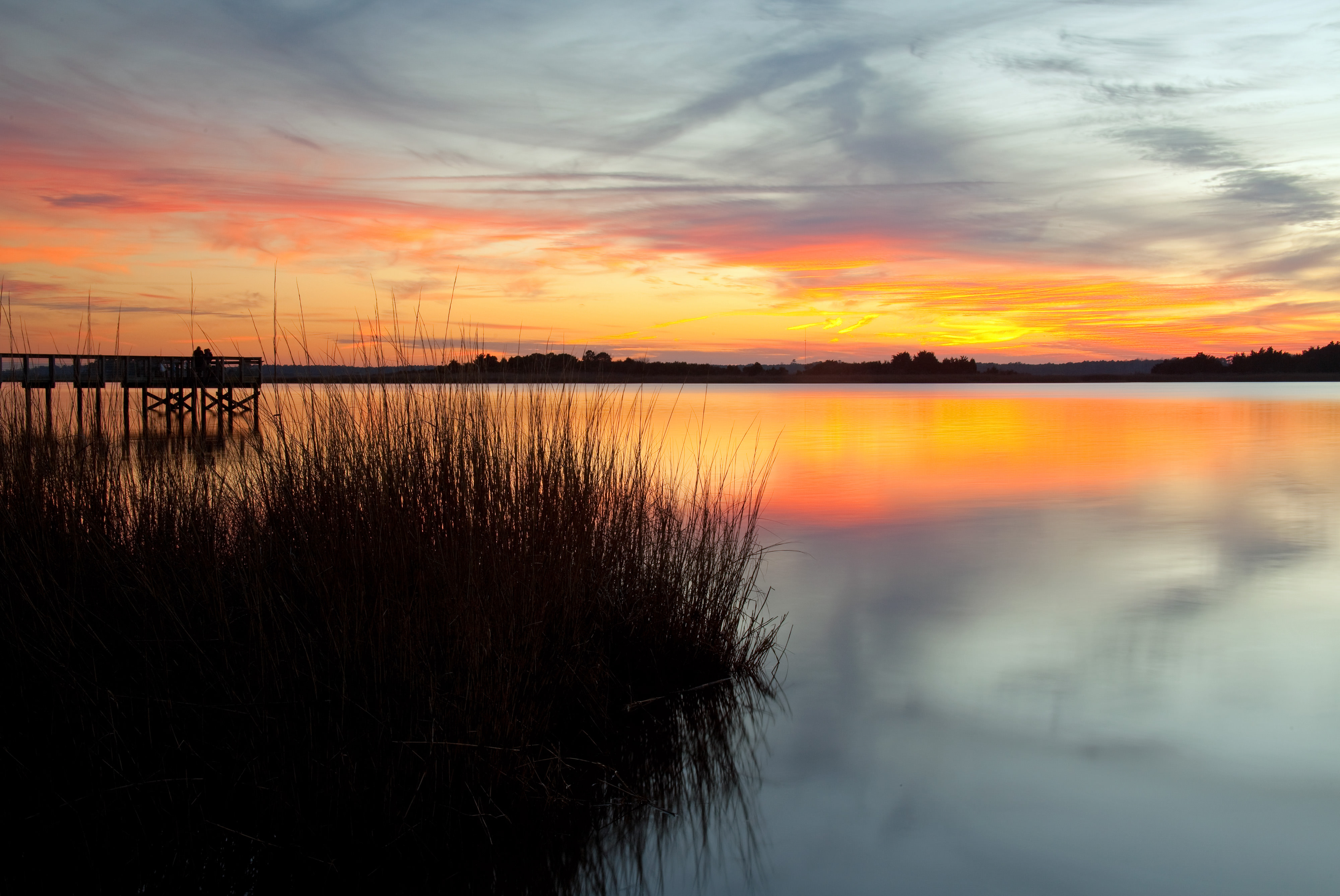
Identifying Priority Areas for Interventions in the Cape Fear River Basin
- Journal Article (.pdf)
Identifying Priorities for Conservation and Restoration
The model revealed that 16% of the watershed contributed the most pollutants across all flow conditions – which is an easier problem to tackle than a whole watershed the size of New Jersey. Additional findings using the model can be analyzed with earlier research on mapping the areas that repeatedly flooded in recent hurricanes. Together, flood mapping and watershed modeling can help identify areas where restoration would help reduce pollution into the river, such as absorb or slow flooding.
We have shared this model with other land trust organizations and government agencies to help plan and guide future restoration work in the Caper Fear River basin and beyond.
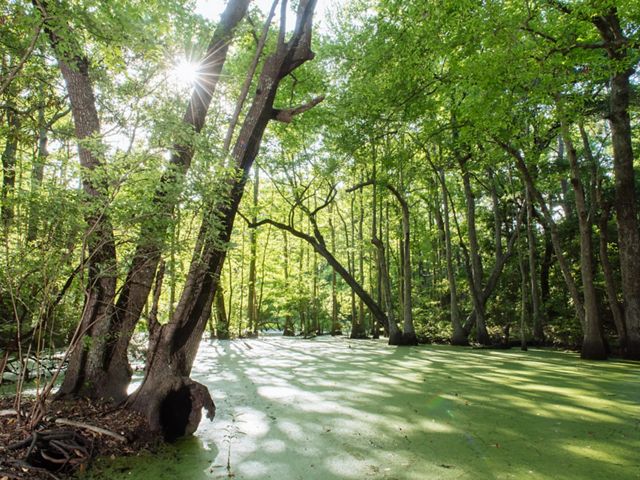
Be Part of this Work
Protect the nature you love in North Carolina and around the world today. Every acre we preserve, every mile of coastline restored, every habitat we save for wildlife, begins with you.
How to reduce water pollution from home
There are different ways that you can become an agent of change. Reducing water pollution from home is one of them. Here are five effective ways you can help.
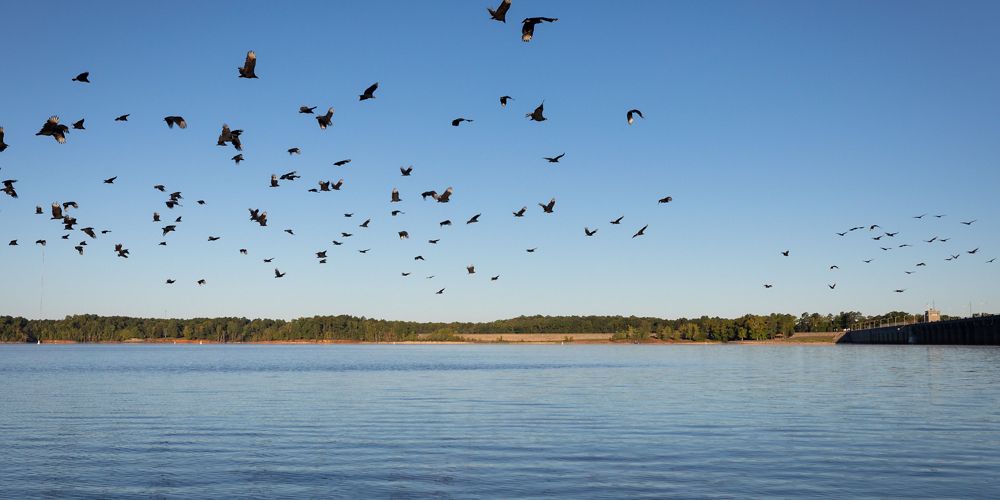
1. Use natural fertilizers:
Runoff is one of the main causes of water pollution. Excess fertilizers applied to your backyard can be washed away to nearby streams when it rains. Fertilizers can also seep through the soil and contaminate groundwater.
Use natural fertilizers such as compost, worm castings, and mulching. Compost is rich in nutrients and improves soil structure and fertility. You can make it with the organic waste from your kitchen. Worm castings are a nutrient-rich fertilizer produced by earthworms. Lastly, mulching consists of applying a layer of organic material, such as leaves and grass, on the soil surface. This helps retain moisture, stops weeds from growing, and adds nutrients to the decomposition process.
2. Choose eco-friendly cleaning products:
Traditional products contain chemicals that are harmful to aquatic life when they enter the water system. These chemicals also affect water quality, which affects our drinking water.
There are many “eco-friendly” products out there and it can be hard to know which one to pick. Here are simple ways to identify a good product:
- It has a label approved by the Environmental Protection Agency (EPA).
- Biodegradable or plant-based ingredients.
- Minimal packaging.
3. Dispose of medications properly:
When medications are flushed down the toilet or poured down the drain, they can end up in our water systems. Wastewater treatments don’t remove all these medical components, which has a myriad of effects, including filtration of antibiotics in our drinking water and harm to aquatic life.
Dispose of your medications properly by looking for local take-back programs. The U.S. Drug Enforcement Administration (DEA) sponsors National Prescription Drug Take-Back Day, which occurs twice a year. If take-back options aren’t available, you can safely dispose of medications in your household trash by following these steps:
- Mix the medications with an unappealing substance like used coffee grounds, dirt, or cat litter.
- Place the mixture in a sealed plastic bag or container to prevent leaks.
- Dispose of the sealed container in your household trash.
4. Run full loads of laundry and dishwasher:
Full loads maximize water use per cycle, reducing the total number of cycles needed and reducing the amount of cleaning chemicals released into the water system.
5. Support a non-profit with a water conservation initiative:
Learn more about our work in North Carolina
By implementing these practices, you can contribute to a cleaner and healthier environment right from your home. Remember, every drop counts!
We Can’t Save Nature Without You
Subscribe to receive monthly conservation news and updates from North Carolina
